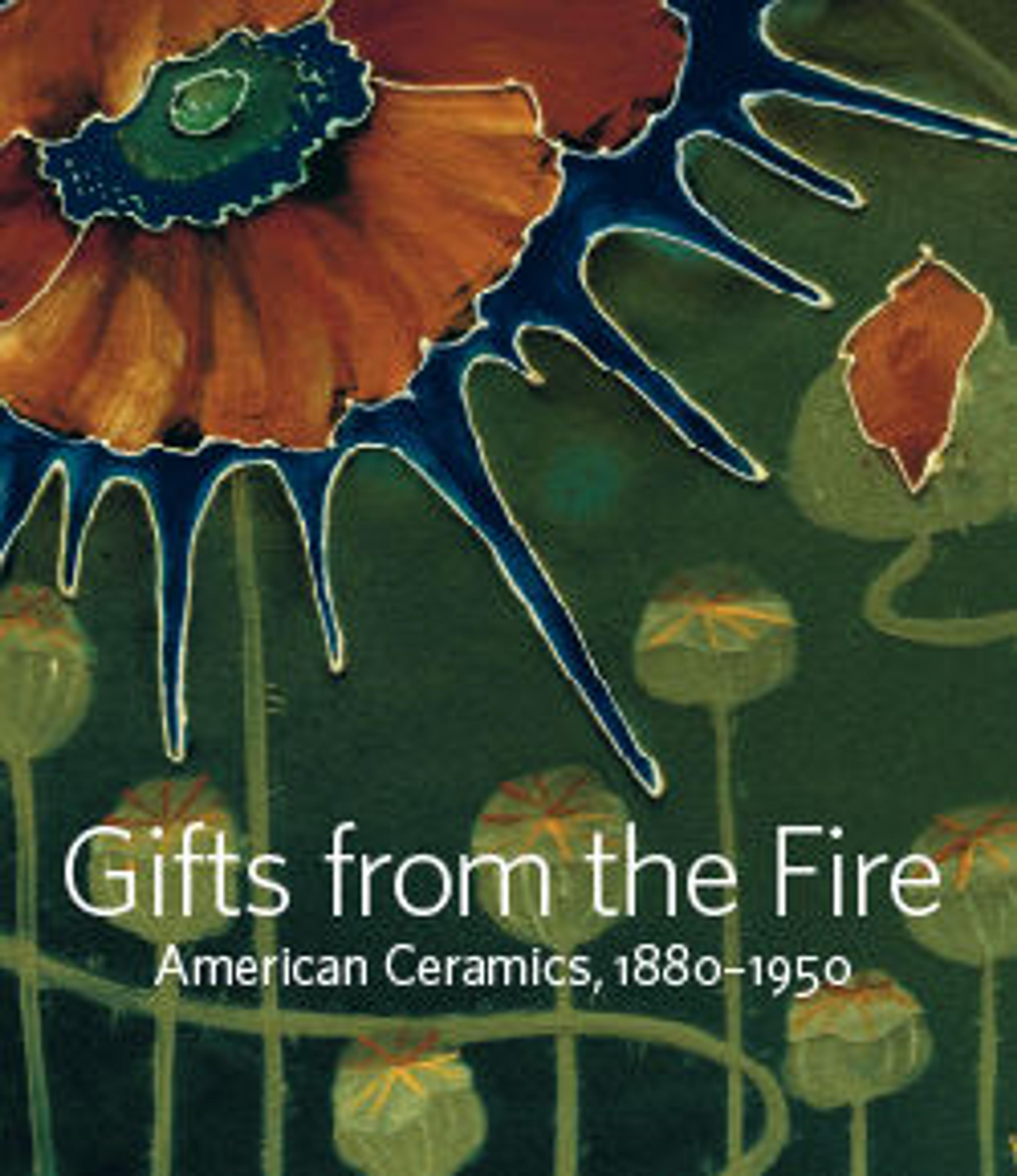Platter
The modernist artist was among those involved in promoting a nationalistic spirit, stemming in part from his efforts against the spread of fascism in Europe. His concern with promoting American ideals extended to designs he provided in the late 1930s for three different sets of dinnerware, all produced by the California pottery of Vernon Kiln. For Kent and others, this was also another way of democratizing his art. Many artists were gravitating to printmaking, as a way of making their art more accessible to the public, especially middle- class consumers. Kent’s Salamina was inspired by the artist’s intense love of Greenland. The remoteness and isolation of the place had a raw beauty that Kent much admired, and he produced many paintings and prints of it. That the Greenlanders were said to share ancestry with North American Indians had especial appeal to Kent. During a trip there two years later, he hired a young native, named Salamina Fleischer, to take on the chores of housekeeping and cooking. The nature of their relationship is unclear, but she became something of a focus, if not an obsession, for Kent. He depicted her in several paintings, published an article about her for Esquire, and gave her name to the title of his 1935 illustrated memoir about Greenland, with a portrait of her on the cover. Kent created an extensive dinnerware set adorned with images of her in native garb and in different, slightly awkward poses. The images convey Kent’s admiration for, and romanticizing, the large, powerful woman in front of a barren landscape. The main lines of the compositions on the dinnerware were printed in black, and the design was then hand-colored. Yet despite the service’s colorful appeal, it apparently was not a commercial success, and the metal printing plates were melted down at the beginning of World War II in support of the war effort.
Artwork Details
- Title:Platter
- Designer:Rockwell Kent (American, Tarrytown, New York 1882–1971 Plattsburgh, New York)
- Manufacturer:Vernon Kilns (Vernon, California, 1931–1958)
- Date:1935
- Geography:Made in Vernon, California, United States
- Culture:American
- Medium:Ceramic
- Dimensions:12 1/2 in. dia.
- Credit Line:Gift of Martin Eidelberg, 2020
- Object Number:2020.64.67
- Curatorial Department: The American Wing
More Artwork
Research Resources
The Met provides unparalleled resources for research and welcomes an international community of students and scholars. The Met's Open Access API is where creators and researchers can connect to the The Met collection. Open Access data and public domain images are available for unrestricted commercial and noncommercial use without permission or fee.
To request images under copyright and other restrictions, please use this Image Request form.
Feedback
We continue to research and examine historical and cultural context for objects in The Met collection. If you have comments or questions about this object record, please contact us using the form below. The Museum looks forward to receiving your comments.
